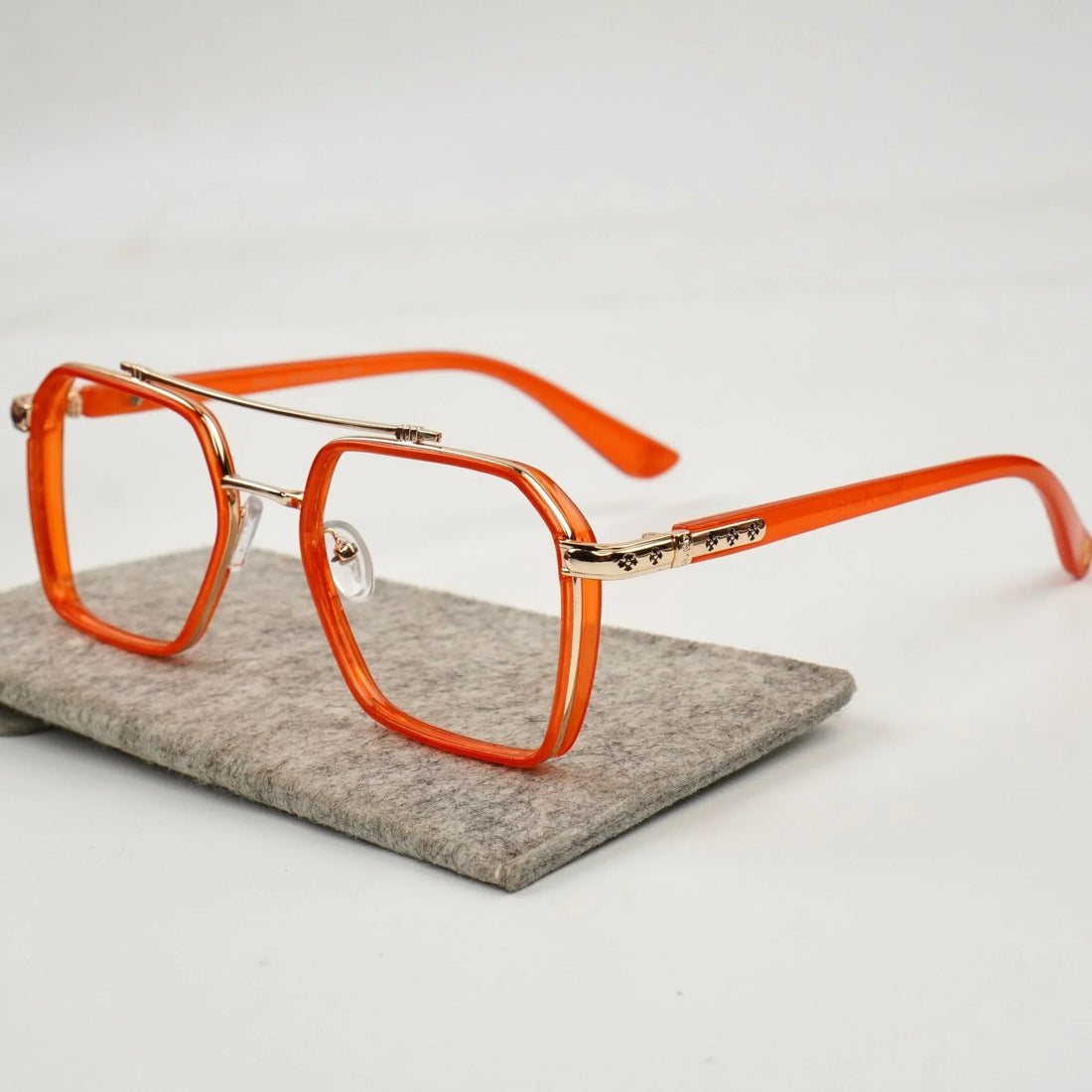
Sustainable Eyewear: Biodegradable Frames & Materials You Should Know
Share
Sustainable Eyewear: Biodegradable Frames & Materials You Should Know
In 2025, sustainable eyewear is no longer a niche—it’s a movement. With growing awareness about environmental impact, fashion lovers are seeking sunglasses and glasses that protect their eyes and the planet. This year’s trend leans heavily toward biodegradable frames, recycled materials, and eco-conscious production methods.
Sustainable eyewear doesn’t mean compromising on style. In fact, some of the most stunning new designs come from eco-friendly brands pushing creative boundaries.
Table of Contents
-
Why Sustainable Eyewear Matters in 2025
-
What Are Biodegradable Frames?
-
Top Eco-Friendly Materials in Eyewear
-
Style Meets Sustainability
-
Pros & Cons of Biodegradable Frames
-
Wearluxurys Commitment to a Greener Future
Why Sustainable Eyewear Matters in 2025
The eyewear industry produces millions of plastic frames yearly, most of which take centuries to decompose. By choosing sustainable options, we reduce landfill waste, cut down on toxic production processes, and encourage responsible fashion.
Key 2025 driver: Gen Z & Millennials are now prioritizing eco-friendly purchases, influencing luxury and fast-fashion brands alike.
What Are Biodegradable Frames?
Biodegradable frames are made from materials that naturally break down over time without leaving harmful residues. They typically decompose in under 5 years, unlike petroleum-based plastics.
Popular biodegradable frame sources:
-
Plant-based acetate
-
Bamboo
-
Wood pulp composites
-
Castor seed oil polymers
Top Eco-Friendly Materials in Eyewear
| Material | Source | Key Benefits | Style Potential |
|---|---|---|---|
| Bio-Acetate | Cotton & wood pulp | Fully biodegradable, durable | Can be polished like luxury acetate |
| Bamboo | Fast-growing grass | Lightweight, strong, renewable | Natural, tropical vibe |
| Recycled Metals | Aluminum, stainless steel | Diverts waste from landfills | Modern, sleek designs |
| Castor Oil Polymer | Castor plant seeds | Biodegradable, flexible | Minimalist & sporty frames |
| Recycled Plastics | Ocean & post-consumer waste | Reduces pollution | Colorful, playful designs |
Style Meets Sustainability
Sustainable eyewear in 2025 blends eco-conscious materials with runway-ready aesthetics. Think:
-
Transparent bio-acetate cat-eye frames
-
Matte bamboo aviators
-
Polished wood temple accents
-
Sleek recycled metal bridges
Fashion influencers are pairing these with natural fabrics and neutral tones for a fully eco-luxe look.
Pros & Cons of Biodegradable Frames
| Pros | Cons |
|---|---|
| Eco-friendly, reduces plastic waste | May have a shorter lifespan than synthetic plastics |
| Unique, natural aesthetic | Slightly higher price point |
| Hypoallergenic & non-toxic | Limited ultra-bold color options (improving yearly) |
| Supports responsible brands | Needs gentle care to last longer |
Quick Summary
| Takeaway | Why It Matters |
|---|---|
| Sustainable eyewear is trending in 2025 | Driven by eco-conscious consumers |
| Biodegradable frames break down naturally | Reduce long-term environmental impact |
| Stylish options now rival traditional designs | No need to sacrifice fashion for ethics |
| Materials like bio-acetate & bamboo lead the way | Luxurious, durable, planet-friendly |
Wearluxurys Commitment to a Greener Future
At Wearluxurys, we’re embracing sustainability without sacrificing style. Our upcoming Eco-Lux Collection will feature:
-
Bio-Acetate Frames – 100% biodegradable & polished for premium finish
-
Recycled Metal Hardware – Sleek, strong, and environmentally conscious
-
Plastic-Free Packaging – Compostable and recyclable materials only
Because we believe luxury should leave an impression, not a footprint.
Discover the future of fashion with our sustainable eyewear designs at Wearluxurys.com.
Frequently Asked Questions
Are biodegradable frames as durable as regular frames?
Yes—bio-acetate and bamboo are incredibly strong when treated properly.
Will they look “too eco” or plain?
Not anymore. Modern designs rival luxury acetate in gloss, shape, and color.
Can sustainable eyewear be affordable?
Absolutely—especially when brands focus on direct-to-consumer pricing.


